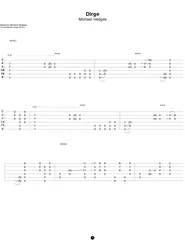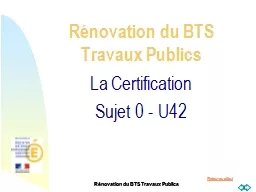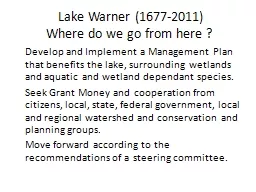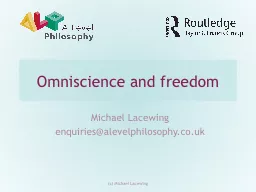PPT-Michael Warner Publics and Counterpublics
Author : lindy-dunigan | Published Date : 2018-03-08
1 A public is self organized Publics exist only by virtue of being addressed 50 Publics are organized through discourse oral or textbased communication independently
Presentation Embed Code
Download Presentation
Download Presentation The PPT/PDF document "Michael Warner Publics and Counterpublic..." is the property of its rightful owner. Permission is granted to download and print the materials on this website for personal, non-commercial use only, and to display it on your personal computer provided you do not modify the materials and that you retain all copyright notices contained in the materials. By downloading content from our website, you accept the terms of this agreement.
Michael Warner Publics and Counterpublics: Transcript
Download Rules Of Document
"Michael Warner Publics and Counterpublics"The content belongs to its owner. You may download and print it for personal use, without modification, and keep all copyright notices. By downloading, you agree to these terms.
Related Documents














